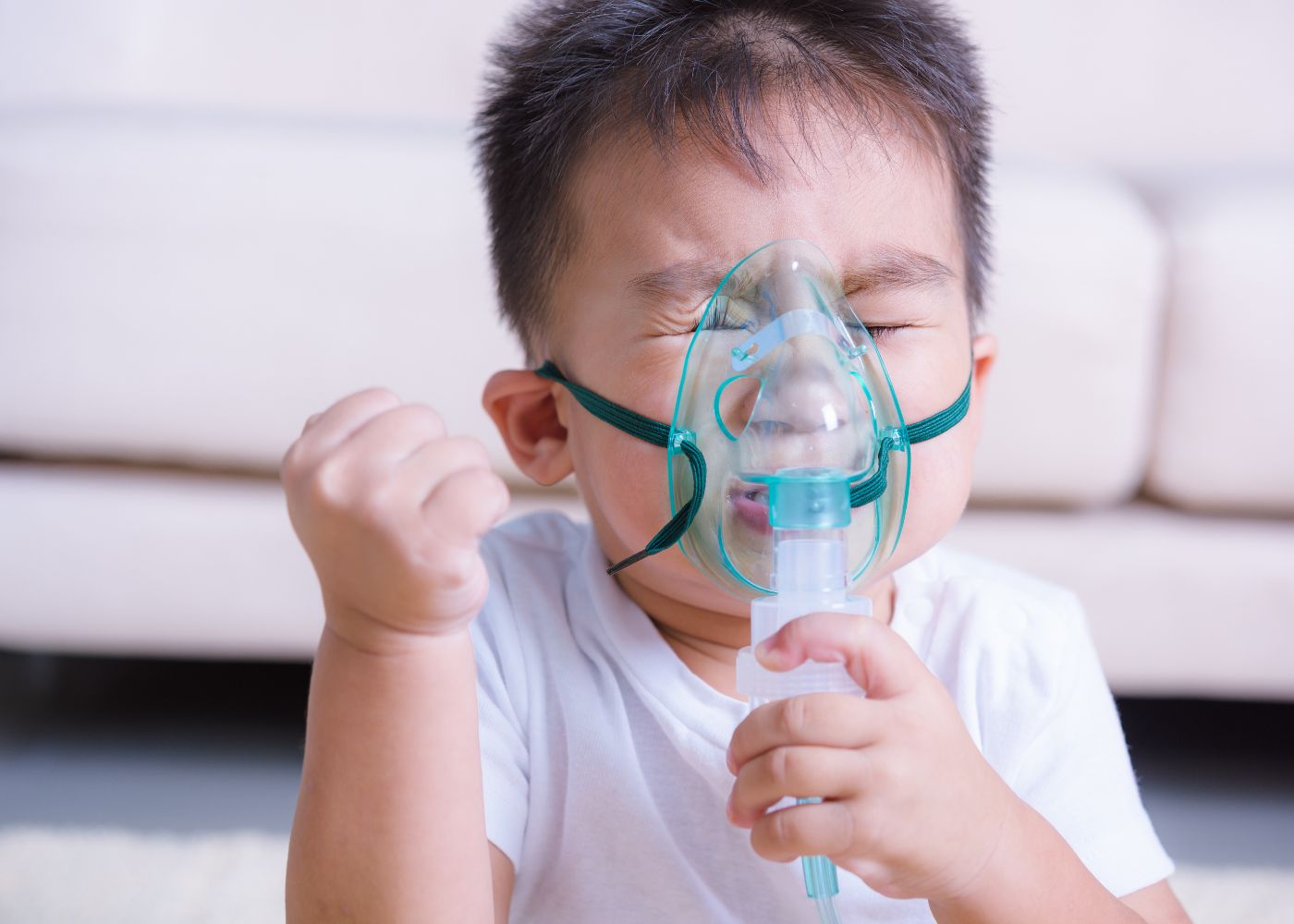Respiratory Syncytial Virus (RSV) is more than just a common cold, especially for adults with compromised immune systems, the elderly, and infants. Recognizing the duration of its contagious period is crucial for preventing its spread within communities. We’ll dive into what this infection is and how long are you contagious after RSV:
What is RSV?
Respiratory Syncytial Virus (RSV) is a common respiratory virus that leads to mild, cold-like symptoms in most people but can be severe, especially in infants and older adults. The virus infects the respiratory tract, potentially causing bronchiolitis and pneumonia in young children.
It spreads through respiratory droplets when an infected person coughs or sneezes. It’s also transferred via direct contact with contaminated surfaces or objects, like doorknobs and toys.
Symptoms to Watch For
In adults, RSV can manifest as a series of symptoms that resemble a severe cold or flu, including:
- Congestion and runny nose
- Persistent coughing, which may be severe
- Sore throat and headache
- Fever, often high in some cases
- Wheezing and difficulty breathing, especially noted in individuals with asthma or chronic respiratory conditions
These symptoms play a crucial role in identifying and managing RSV infections. Being vigilant about these symptoms is essential, as adults can pass the virus to children and other at-risk individuals.
When Are You Most Contagious with RSV?
- Initial Period: Contagiousness begins 3 to 8 days after the onset of symptoms, aligning with the typical viral replication peak.
- Extended Contagiousness: For those with weakened immune systems, such as the elderly or immunocompromised individuals, and young children, the virus can remain contagious for up to 3 weeks, even after symptoms have subsided.
To safeguard community health, it’s essential to continue isolation practices beyond the resolution of symptoms, ensuring that the risk of spreading RSV is minimized.
Understanding the Contagious Timeline
Transmission Dynamics:
- Pre-Symptomatic Spread: RSV can be transmitted even before the appearance of symptoms, making early isolation and detection challenging.
- Peak Contagiosity: The virus spreads most efficiently when symptoms are most severe, typically within the first week of illness.
Knowing this can help in planning effective responses to manage symptoms and prevent further transmission.
Do You Have RSV? Signs and Diagnostic Methods
Key Symptoms to Watch
- Respiratory Distress: Rapid breathing and wheezing are common signs that RSV has affected the lungs.
- Oxygen Saturation: A bluish skin color indicates a significant drop in oxygen levels, necessitating urgent care.
- Cognitive Effects: Decreased alertness or responsiveness can occur in severe cases and requires immediate medical evaluation.
Diagnostic Approaches
- Primary Test: The nasal swab remains the standard diagnostic test and can quickly determine the presence of RSV.
- Further Evaluation: Blood tests may be performed to check for signs of infection or inflammation, and chest X-rays can visualize lung involvement, helping to assess the severity of the disease.
Importance of Early Detection: Quick and accurate diagnosis not only helps in managing the disease more effectively but also reduces the potential for severe complications and hospitalizations.
RSV Medication: What Works Best
Management Strategies
- Symptom Management: Key strategies include staying hydrated, getting ample rest, and using over-the-counter medications to reduce fever and relieve pain.
- Respiratory Relief: Humidifiers can help maintain moisture in the air, reducing throat and nasal irritation, while nasal saline can help clear congestion.
Medications for Severe Cases
- Bronchodilators: These medications can be crucial for those experiencing significant breathing difficulties, helping to relax and open air passages in the lungs.
- Corticosteroids: Used to decrease inflammation in the airways, these can be prescribed in more severe cases to reduce symptoms and improve breathing.
Preventing Reinfection: Can You Get RSV Multiple Times?
RSV does not generally induce long-lasting immunity, hence individuals, particularly older adults and those with existing chronic conditions, are susceptible to reinfections.
Taking preventive actions like getting vaccinated during the flu season can also help in reducing overall susceptibility to viral infections.
Measures to Curtail Spread
- Hygiene Practices: Regular and thorough handwashing with soap and water is one of the most effective ways to prevent RSV transmission.
- Social Distancing: Keeping a safe distance from those who are sick and avoiding large gatherings can significantly reduce the risk.
- Sanitation Protocols: Regularly disinfecting surfaces in homes, schools, and workplaces, especially areas that are frequently touched, is key to controlling the spread.
- Mask Usage: Wearing masks during peak RSV season or in outbreak situations helps block respiratory droplets from spreading to others.
The Impact of Understanding RSV’s Contagious Period
Knowledge of how and when RSV spreads is crucial for timely and effective responses. Early recognition and diagnosis can prevent the progression to severe illness and reduce the spread, safeguarding both individual health and public health.
Encouraging prompt medical consultation and testing when symptoms appear can lead to quicker isolation of cases and better management of the illness, ultimately reducing the burden of RSV on communities.
For comprehensive care options, visit our centers to plan your visit.

